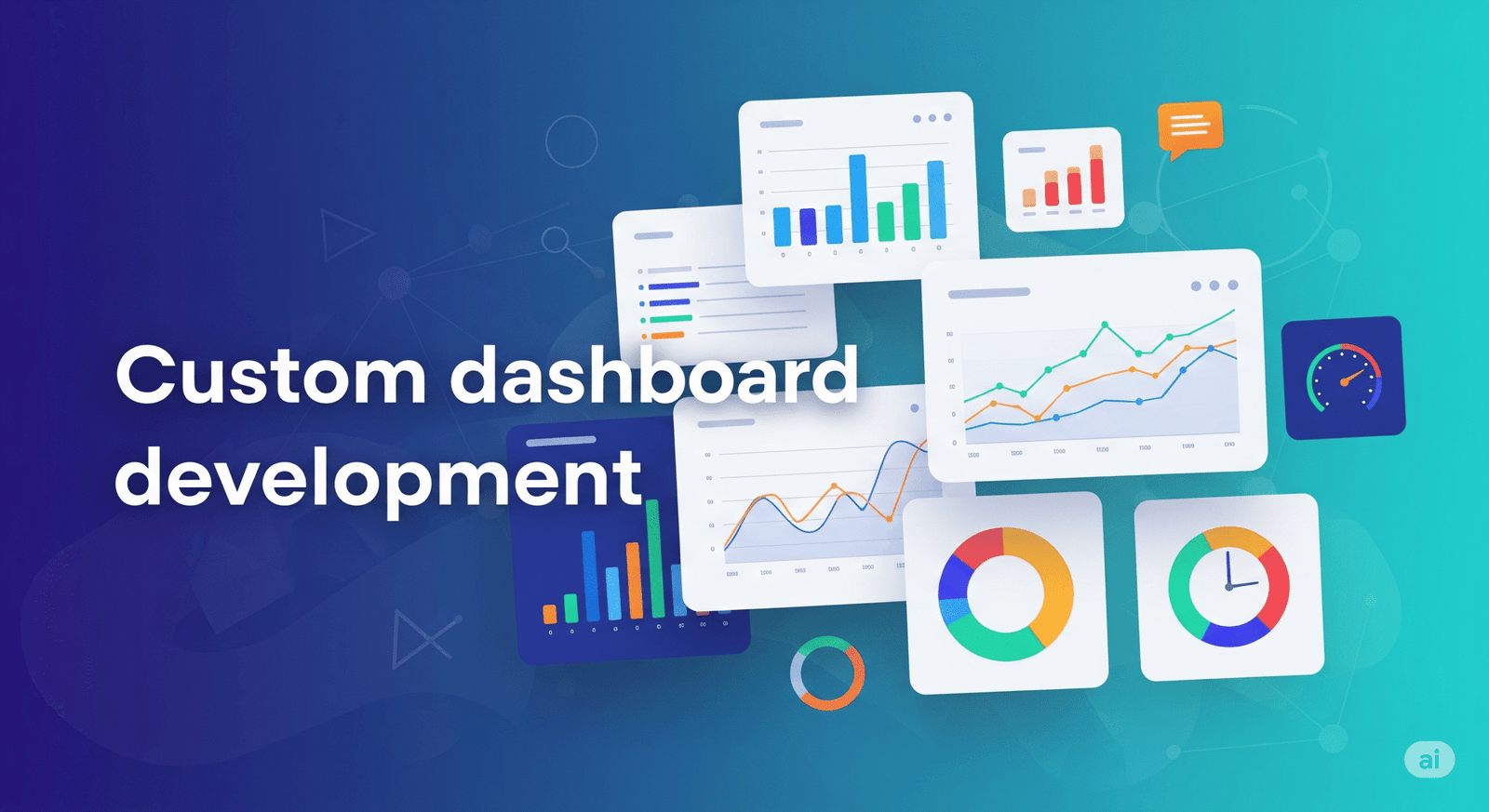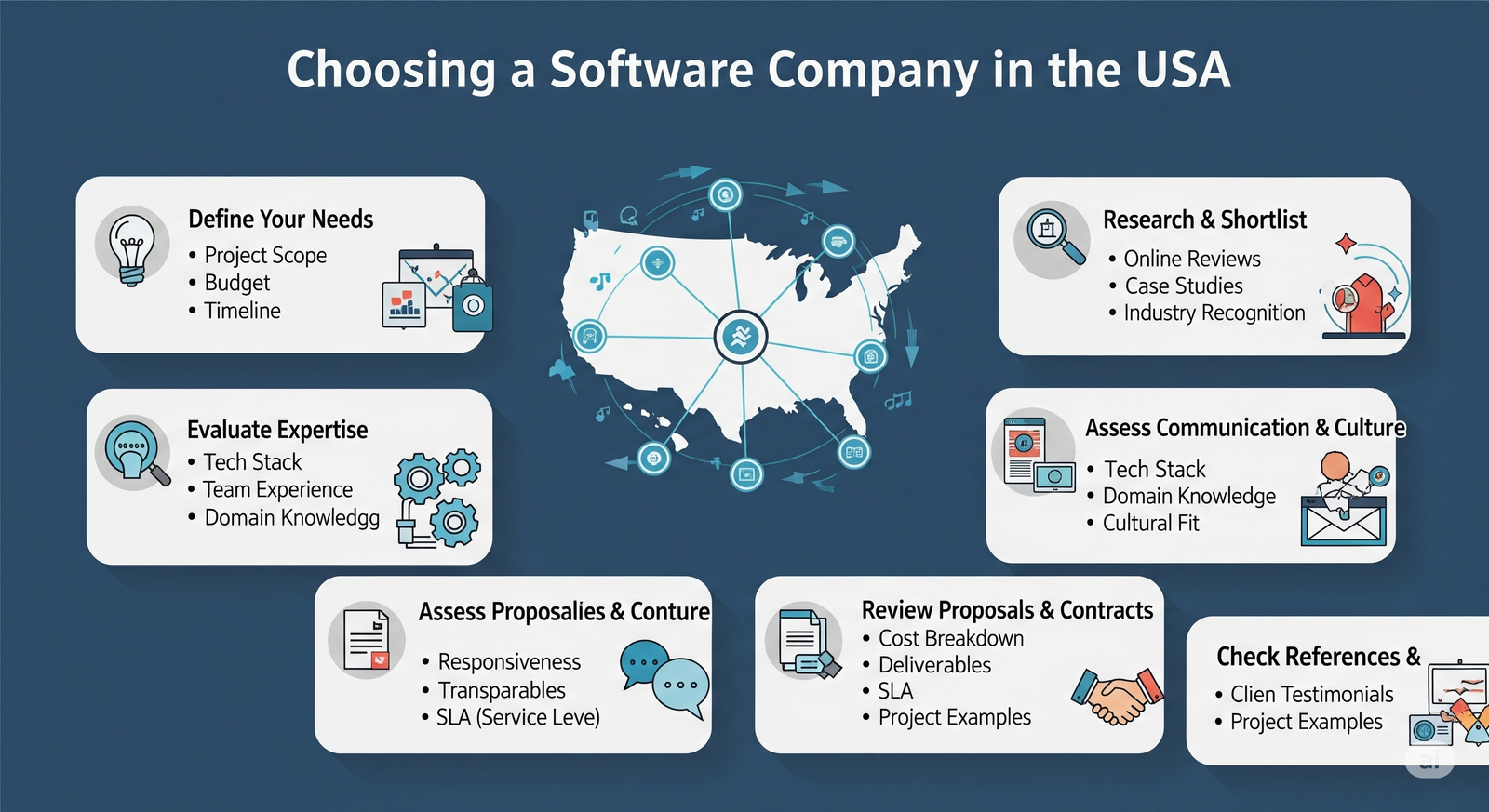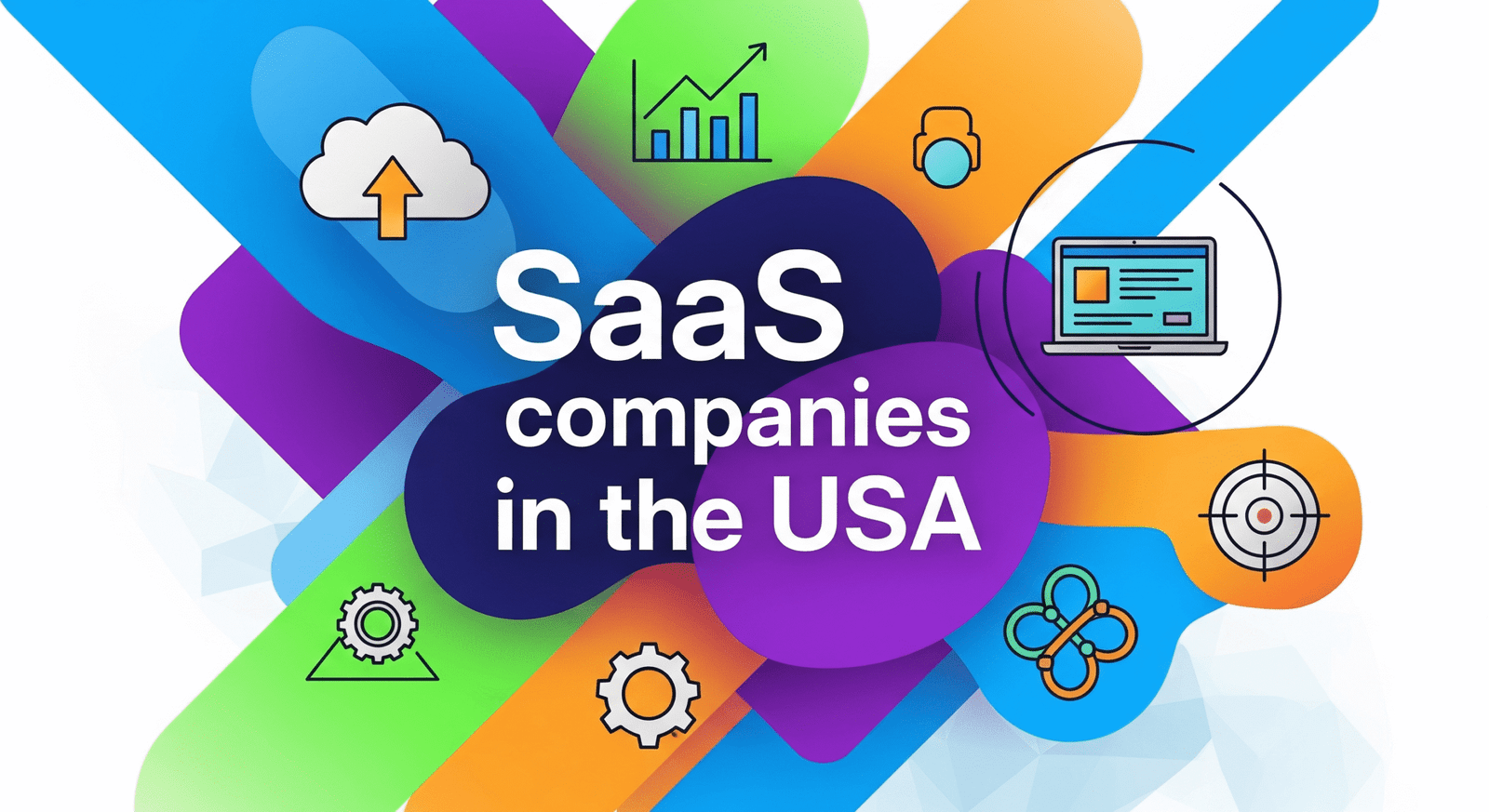Introduction: The Power of Data at Your Fingertips
In today’s data-driven world, one-size-fits-all Custom dashboard development just don’t cut it. If you’re a digital marketer juggling multiple campaigns or an entrepreneur scaling a SaaS platform, you already know the struggle: bouncing between spreadsheets, tools, and tabs just to answer a simple performance question.
That’s where custom dashboard development changes the game.
With a tailored dashboard, you can visualize key metrics in real-time, streamline decision-making, and empower your team—all from one place. Whether you’re tracking conversions, churn, traffic, or revenue, building your own dashboard puts the data you care about front and center.
In this guide, we’ll walk you through everything from definitions and processes to real-world success stories and expert insights.
1. What Is Custom Dashboard Development?
A Quick Definition
Custom dashboard development refers to the process of designing and building a personalized data visualization interface tailored to specific business needs. Unlike pre-built dashboards, these are built from scratch (or heavily customized) to pull data from your unique sources, track your unique KPIs, and match your business logic.
Use Cases for Custom Dashboards:
- Digital Marketing Teams tracking PPC, SEO, and social media campaigns
- Sales Leaders monitoring pipeline stages, deals closed, and rep performance
- Founders & CEOs overseeing MRR, churn, product usage, and support tickets
- Product Managers visualizing feature adoption, bug reports, and feedback loops
LSI Keywords: custom data dashboards, business intelligence dashboard, KPI dashboards, tailored data visualization tools
2. The Process Behind Custom Dashboard Development
Developing a custom dashboard involves several strategic steps. Here’s how top dev teams and product managers typically approach it:
1. Define Goals & Metrics
Start by identifying the KPIs that actually matter. Are you tracking revenue? Website conversions? Customer satisfaction? Set clear, measurable objectives.
2. Choose Data Sources
Connect your dashboard to the right platforms: Google Analytics, Stripe, HubSpot, SQL databases, CRMs, or internal APIs. Integration planning is key.
3. Design the Interface
User experience matters. A clean, responsive interface with intuitive charts, filters, and drill-downs ensures usability across teams.
4. Develop the Backend Logic
Data transformation, calculations, and refresh rates happen here. Use ETL processes or real-time pipelines to ensure accuracy.
5. Deploy & Iterate
Once live, gather user feedback and iterate. Dashboards aren’t set-and-forget—they evolve as business needs change.
Tools Often Used: React, Vue.js, D3.js, Chart.js, Tableau API, Power BI SDK, Node.js, Python, SQL
LSI Keywords: dashboard development process, ETL integration, API dashboard connections, real-time dashboard software
3. Benefits of Building a Custom Dashboard
1. Focus on the Metrics That Matter
Stop drowning in irrelevant data. Custom dashboards show only what’s vital to your goals.
2. Save Time Across Teams
No more manual reports or digging through tools. Your team gets on-demand access to up-to-date insights.
3. Enhanced Decision-Making
Real-time visualizations help you spot trends, respond faster, and make data-backed decisions.
4. Branding & UX Flexibility
Custom dashboards can reflect your branding, layout preferences, and even support white-label use.
5. Competitive Advantage
When your competitors are using static reports, you’re making smarter, faster moves with live dashboards built around your business.
LSI Keywords: dashboard benefits, business intelligence tools, real-time reporting, decision support systems, data-driven decision-making
4. Expert Tips for Effective Custom Dashboard Design
Whether you’re working with a dev team or using low-code tools, these tips will help:
- Start with the End in Mind: What decisions will this dashboard support? Design around that.
- Limit to Key Metrics: Avoid clutter. A focused dashboard leads to faster insights.
- Use Visual Hierarchies: Position the most important KPIs top-left; use color wisely to highlight vs. alert.
- Mobile-First Thinking: Many users check dashboards on mobile—optimize layouts accordingly.
- Plan for Scalability: If your team or data grows, your dashboard should too. Choose flexible frameworks.
Pro Insight: “A dashboard isn’t just about visualizing data—it’s about making it useful to the people using it. Focus on actionability.”
— Jake Russell, BI Developer @ SaaSProTech
5. Your Turn: Real-Life Reader Interaction
We want to hear from you!
🧠 Have you built a dashboard before? What tools or tech stack did you use?
📉 Did a dashboard help you spot a business issue before it became a problem?
🛠️ Are you stuck trying to decide between low-code tools and full development?
👇 Share your story, challenge, or question in the comments—or contact us directly. Your feedback might be featured in a future post or video walkthrough.
Conclusion: Build Dashboards That Drive Business
Custom dashboard development isn’t just a tech buzzword—it’s a strategic asset. Whether you’re a marketer looking to track campaign ROI or an entrepreneur steering a growing team, a well-built dashboard gives you the visibility and agility to win.
Start with your business goals, gather the right data, and choose tools or developers that align with your scale. Most importantly, build with your users in mind.


